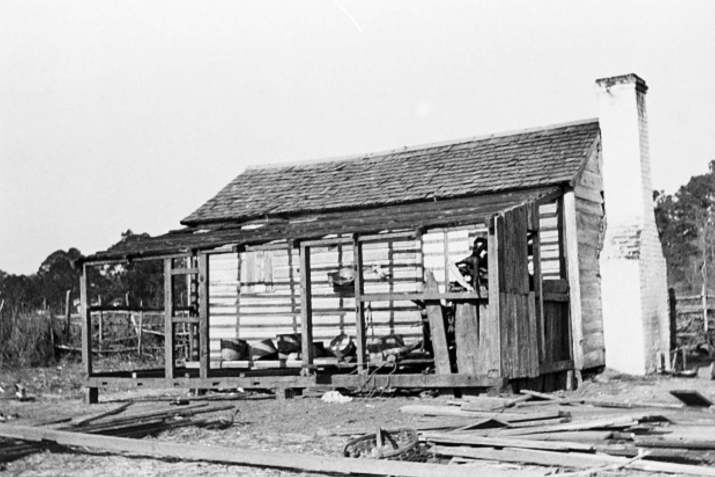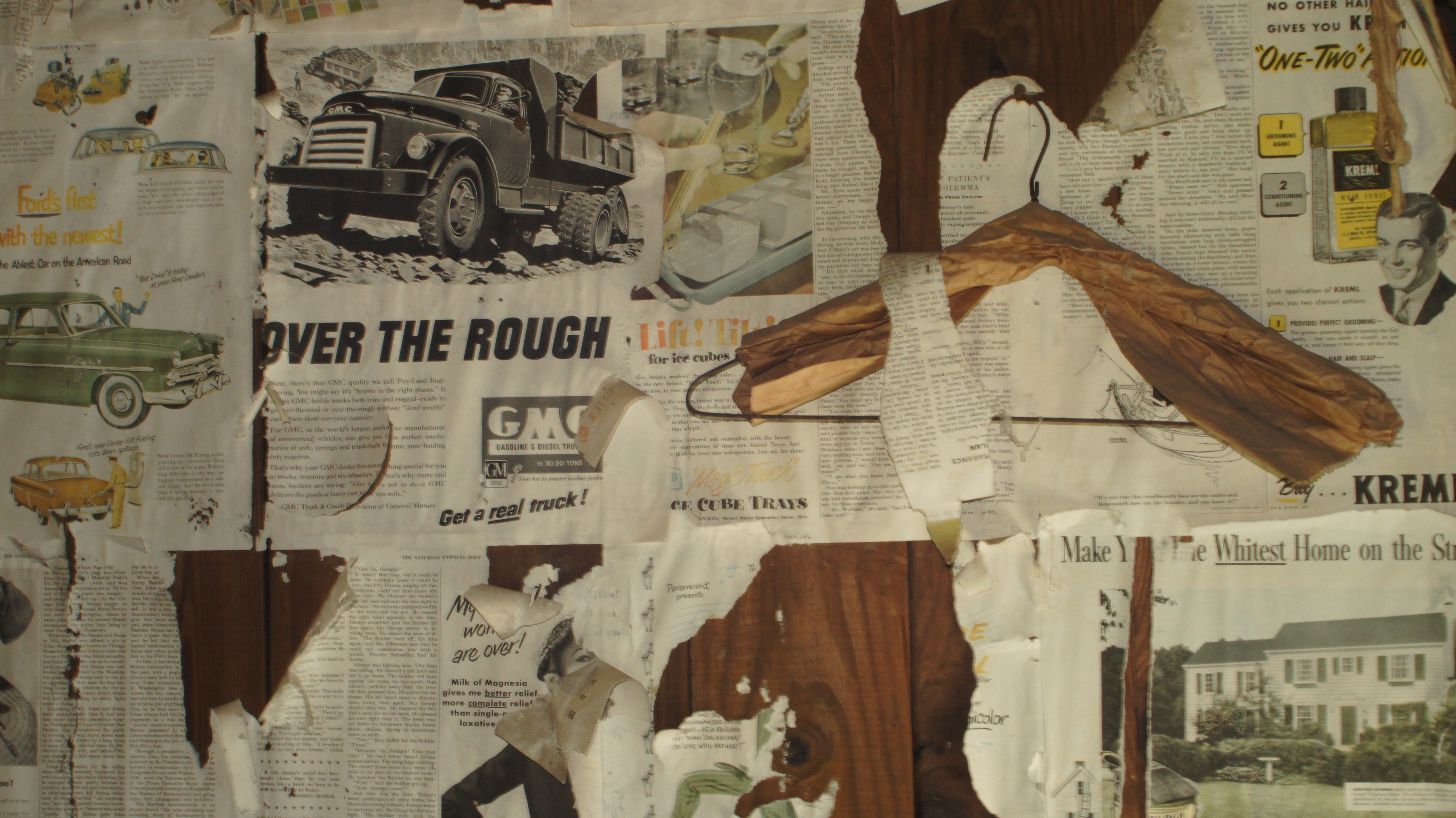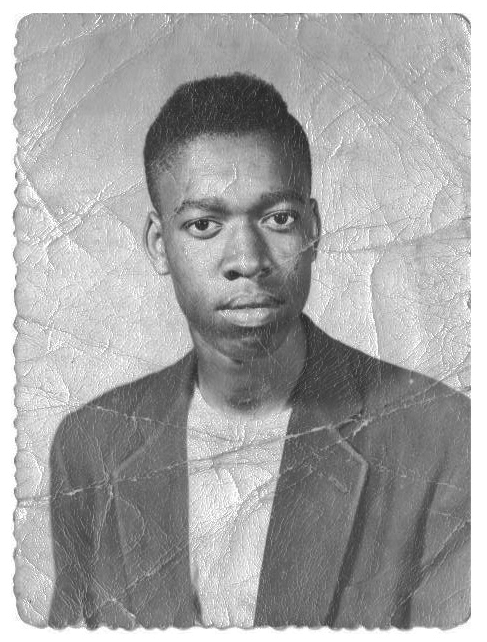Shortly after he bought Hobcaw Barony, Bernard Baruch gave the residents of Friendfield Village the materials to update their homes. In this 1905 photo additional living space is being constructed on the rear of the McCants home, expanding its original two-room design to four rooms. In the 1930s, shutters in most of the Friendfield structures were replaced with glass-paned windows, providing the homes with natural light, although they never had electricity.

In 1935, Baruch converted a building in Friendfield Village to a dispensary, to accommodate a doctor, who visited once a week and provided medical care for Hobcaw's residents . This date coincides with the opening of the Lafayette Bridge, the first bridge to connect Hobcaw Barony to Georgetown over the Black and Waccamaw Rivers. Baruch scholars suggest these improvements were part of an effort to retain black tenants and servants tempted by opportunities further afield.
Former residents Joshua Shubrick and Robert McClary remembered that the bare wooden walls in many African-American dwellings at Hobcaw were covered with newspaper, cardboard, magazine pages and other paper materials. Pasted to the walls with glue made of flour and water, the paper helped insulate the drafty houses and provided some color and decoration. Remnants of newspapers dating back to the 1920s still hang on the walls of several Hobcaw Barony structures.

The papers in these photos are from the early 1950s, marking the village's final years of occupation. Newspaper ads promoting cars and fancy houses stand in contrast to the poverty of Hobcaw’s black tenants, many of whom were unable to read the print, but could still yearn for the pictured products.


Born in 1933, Joshua Shubrick spent his childhood between Georgetown, where he was sole caretaker of his chronically ill mother, Nellie McCants, and Hobcaw Barony, where he attended Strawberry School. Joshua frequently stayed in this house with his grandfather, Timothy McCants, Jr., whom he relied upon as a father figure.
In 2004, Joshua Shubrick returned to Hobcaw to locate the gravesite of his grandfather, only to discover the headstone had washed away during a storm. During the visit, Joshua was encouraged to volunteer as an oral historian and provide first-hand accounts of the lives of Hobcaw Barony’s African-American residents. On a tour of this house in 2015, he took note of its attic door and remembered it as the place Mr. McCants hid candy until he was ready to treat his grandson.